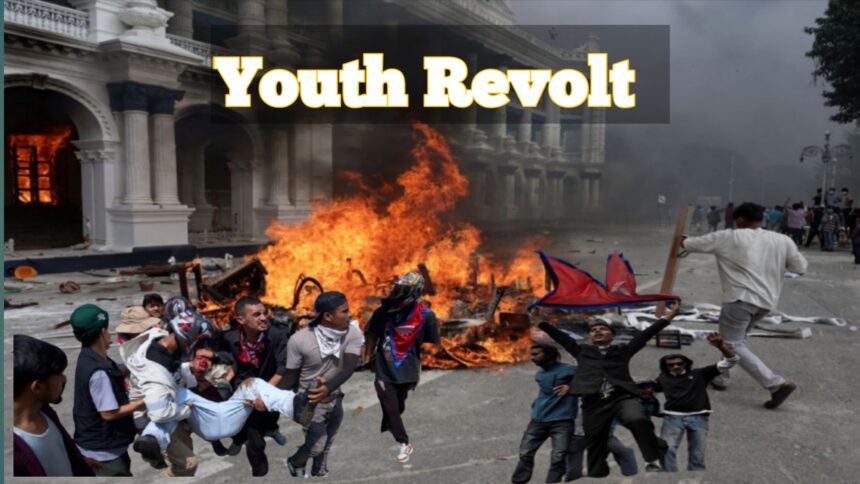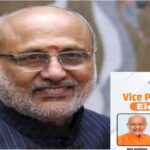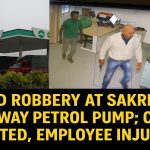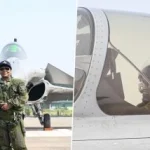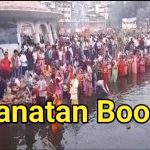By | Arvind Jadhav
Kathmandu: Nepal has been plunged into its worst political crisis in recent memory as violent youth-led protests forced the resignation of Prime Minister K.P. Sharma Oli and left the nation under military control. The unrest, sparked by the government’s sudden decision to ban popular social media platforms including Facebook, X, and YouTube, quickly escalated into a broader anti-corruption movement driven largely by Gen Z demonstrators who accused the leadership of stifling free expression.
What began as peaceful marches in Kathmandu soon turned deadly when police opened fire on crowds, killing at least 19 people and injuring more than a hundred. The clashes intensified public anger, with protesters storming the capital’s Singha Durbar complex, setting Parliament and other government buildings ablaze. Homes of senior leaders, including former prime ministers, were also attacked in scenes that underscored the depth of the people’s frustration with the political elite.
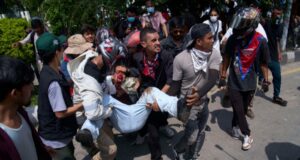
Amid mounting pressure from the streets and within his party, Prime Minister Oli announced his resignation, triggering a political vacuum. In a bid to pacify the nation, the government lifted the controversial social media ban and promised compensation for victims’ families along with a 15-day probe into the police crackdown. However, demonstrators remain defiant, vowing to continue their struggle until meaningful reforms and accountability measures are introduced.
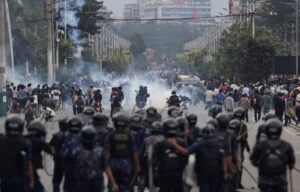
To restore order, the Nepalese Army has taken control of key installations, including Tribhuvan International Airport, which has been shut down, disrupting air travel and stranding thousands of passengers. Curfew-like restrictions have been imposed in Kathmandu, but unrest continues to spread across other cities, raising fears of prolonged instability. The military presence is heavy, yet the youth-led movement shows no signs of retreating.
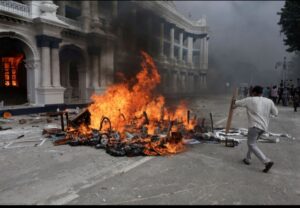
International reactions have been swift, with India’s Ministry of External Affairs issuing a safety advisory for its citizens in Nepal, while the United Nations and global rights groups have condemned the use of lethal force on protesters. Analysts warn that the uprising is no longer just about social media but reflects a generational revolt against corruption, unemployment, and failed leadership, making it one of the most significant people’s movements in Nepal’s modern history.

